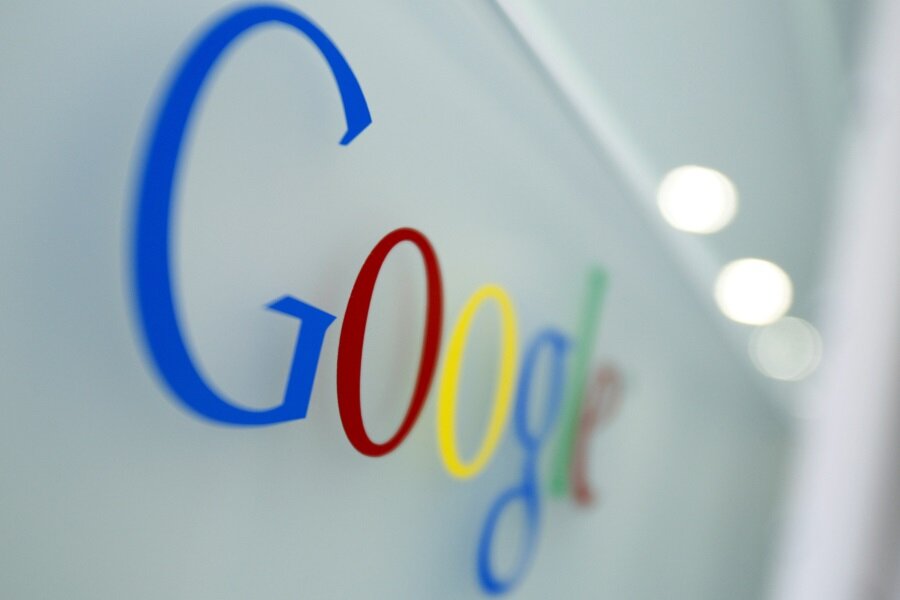Meet 'Project Fi,' Google's wireless cell service with pay-as-you-go data
Loading...
If you have a Nexus 6 smart phone, you can now get wireless service directly from Google. The company officially launched “Project Fi,” its homegrown cell network, on Wednesday, saying that the project is meant to “get technology out of the way” by allowing users to call or text on whatever network they’re on, be that Wi-Fi or a 3G/4G cell network.
Project Fi is launching on the Nexus 6, Google’s flagship smart phone, and will use Sprint and T-Mobile’s wireless networks. The program is invitation-only for now, but interested customers can request an invitation from Google.
Joining the Project Fi network involves installing a special SIM card in your Nexus 6, and making peace with the fact that you won’t be able to access Verizon’s or AT&T’s wireless networks. Once Project Fi exits the “early access” stage, Google will open it up to additional smart phones, and may partner with other wireless carriers, as well.
Google’s pricing plan is pretty straightforward. For $20 per month, users will get unlimited voice, minutes, and texts, as well as the ability to share their phone’s Internet connection with a laptop or tablet via Wi-Fi tethering. Data costs $10 per gigabyte, and Google says it’ll only charge users for the data they actually use. So if you pay $30 each month for three gigabytes of mobile data but only use two, you’ll receive a $10 credit on your bill. If you go over your monthly limit, you’ll be charged an additional $10 for each extra gigabyte of data you use. Project Fi doesn’t have an annual contract, so users can back out if they want to.
Google says Project Fi will automatically connect users to the strongest available network, and will allow users to easily transition between networks without dropping calls or missing texts. Phones will switch to whatever cell network gives the fastest speeds in a particular location, and will automatically hop over to Wi-Fi if an open network becomes available.
Project Fi also allows you to use your phone number from a laptop, tablet, or other device. Google says your phone number “lives in the cloud,” allowing you to place calls or send texts from whatever screen happens to be closest by. The Project Fi FAQ hints that Google Hangouts and Google Voice technology are involved behind the scenes, since you must be signed into Google Hangouts on your different devices in order to receive calls on them.
Contrary to earlier speculation that Google’s wireless network would be limited to a few geographic areas, Project Fi will work anywhere within Sprint’s and T-Mobile’s combined cell footprint. With only one supported smart phone, Google won’t be able to go toe-to-toe with Verizon and AT&T for now, but it could pressure other providers into offering cheaper and simpler service plans.






